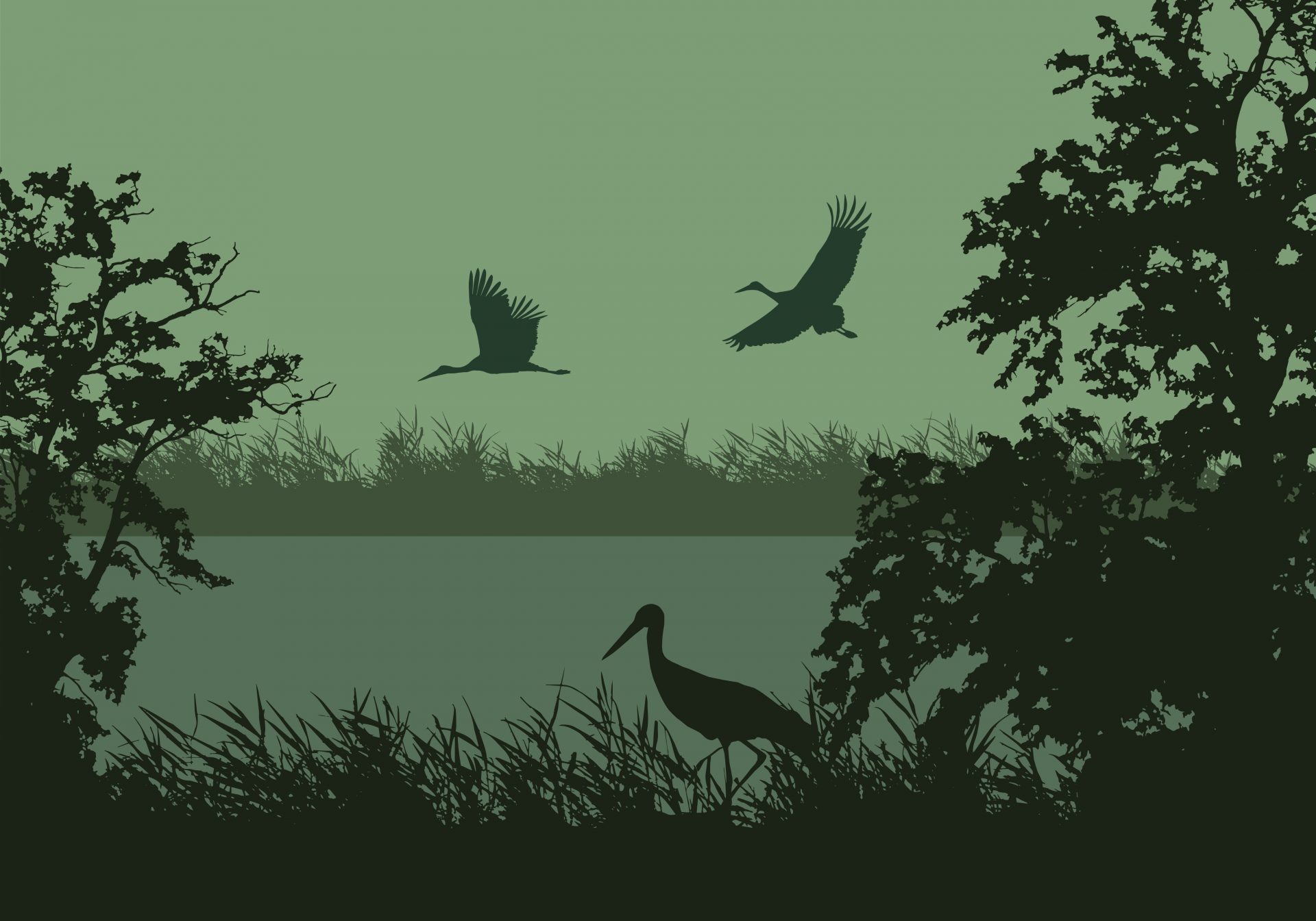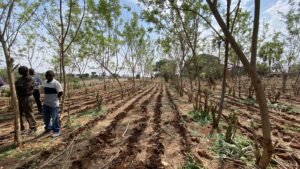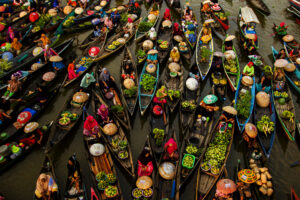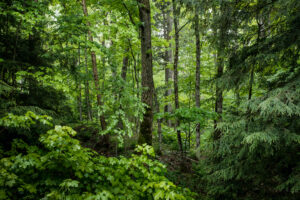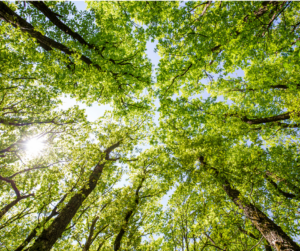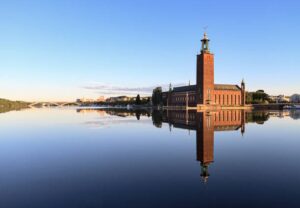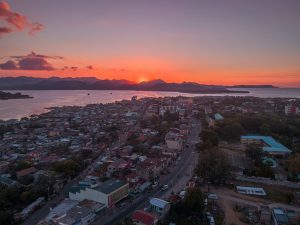5 things everyone needs to know about wetlands
For centuries, wetlands suffered from an image problem that led to their fast decline. Marshes, swamps, bogs, and other wetland systems were considered unproductive and therefore often turned into farmland or towns.
Of the wetlands that existed in 1700, only 13 per cent remained 300 years later.
Today we know better, or at least: we should. A growing body of research has demonstrated how wetlands are in fact crucial to human survival. Yet, the threats to wetlands remain and, in some cases, are growing . According to the Intergovernmental Platform on Biodiversity and Ecosystem Services, IPBES, wetlands are still being degraded and lost at a faster rate than any other type of ecosystem; the process has actually accelerated over the past two decades.
Here are five reasons wetlands must be protected:
- Wetlands can slow global warming. A growing body of research describe wetlands as the most important carbon sinks on land. New reports warn that if these irrecoverable carbon sinks are not protected, global warming may become unstoppable.
- Wetlands protect us from disaster risks. A policy brief from the Ramsar Convention on Wetlands highlights how wetlands reduce the number of water-related disasters such as floods, storm surges and droughts. More and more cities are beginning to understand this and integrate wetlands into their city planning. The Ramsar Convention has a Wetland City Accreditation for forward-thinking cities – check out the list and get inspired.
- Wetlands are the most biologically diverse ecosystems on Earth and home to 40 per cent of the world’s species. As humanity is starting to understand the dangers of the current biodiversity crisis – for example that it increases the risks of hunger and pandemics – protecting wetlands should be a key priority.
- Wetlands are an important source of freshwater. Many cities that now suffer from growing water scarcity do so because they have drained surrounding wetlands. The theme of World Wetlands Day 2021 is therefore Wetlands and Water to raise awareness of this crucial link.
- Wetlands help us achieve the Sustainable Development Goals. Both the Ramsar Convention on Wetlands and IPBES have described the role of wetlands for jobs, food security, freshwater and other ecosystem services.
With this knowledge, it is time to celebrate wetlands – not only on 2 February, but every day. Wetlands have incredible properties that the world urgently needs to tackle climate change, reverse biodiversity loss, and achieve the sustainable development goals.
In a landmark speech on 12 December last year, the UN Secretary-General António Guterres presented his view on the path forward. He called on global leaders to make peace with nature and “flick the green switch”. If societies are to become resilient despite the threats from global warming, we must stop the degradation of nature. The United Nations has also initiated a Decade on Restoration, starting this year.
All over the world, we are seeing a growing interest in nature-based solutions for sustainable landscape management and resilient city planning, with protection and restoration of wetlands as a powerful tool. The Ramsar Convention’s Wetland City Accreditation offers great examples of cities that have used wetlands to solve problems such as flooding, disaster risks and water scarcity. Colombo in Sri Lanka was the first capital to join the list, which you can read more about in WaterFront. There is also a lot of inspiration to be found in the 2018 World Water Development Report on nature-based solutions offers interesting examples. Wetlands are a great source of hope – let’s not waste it.
